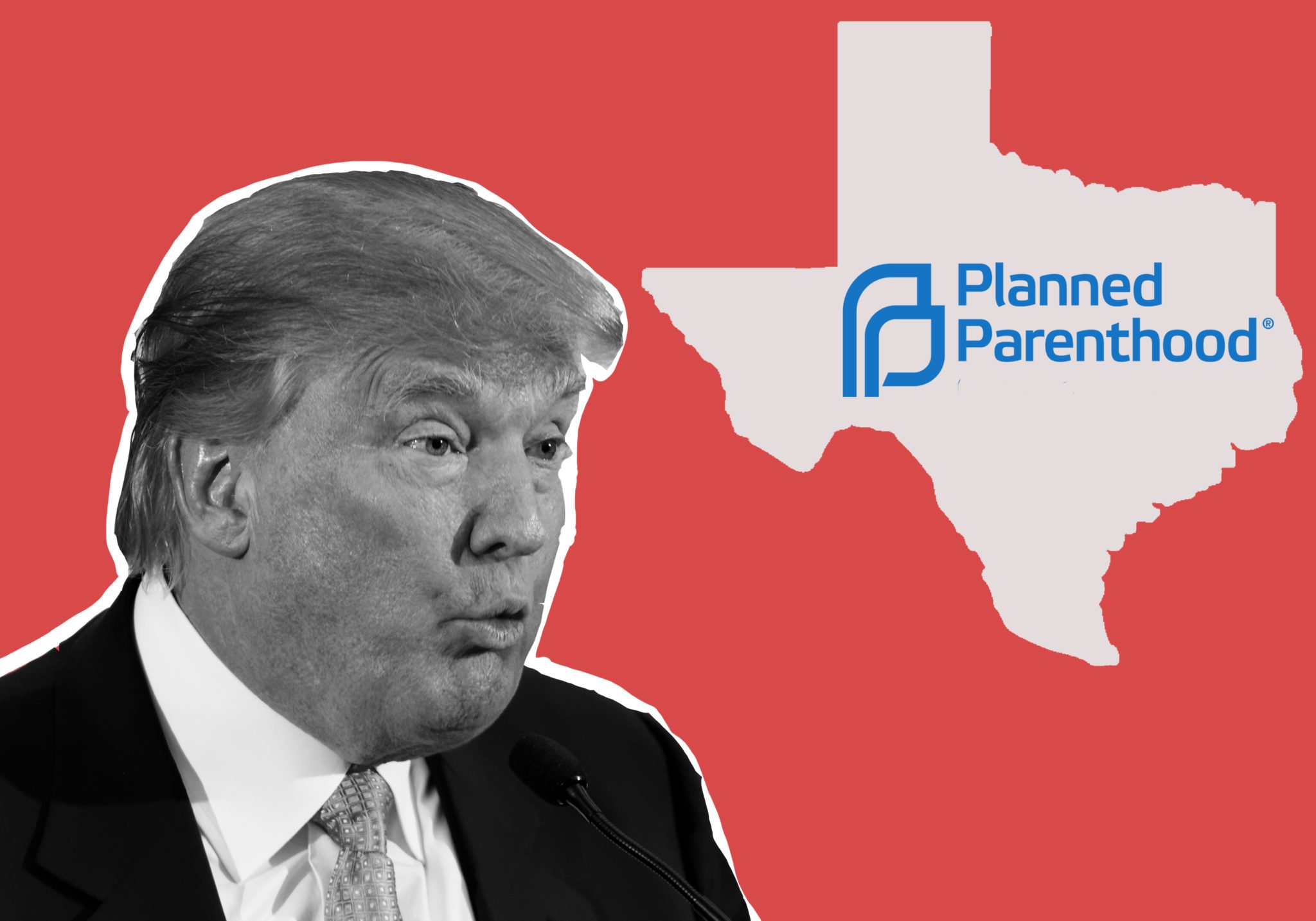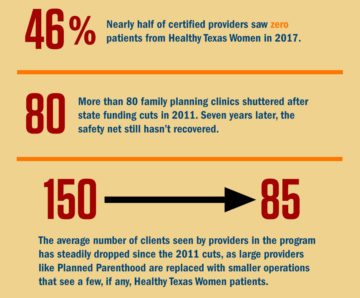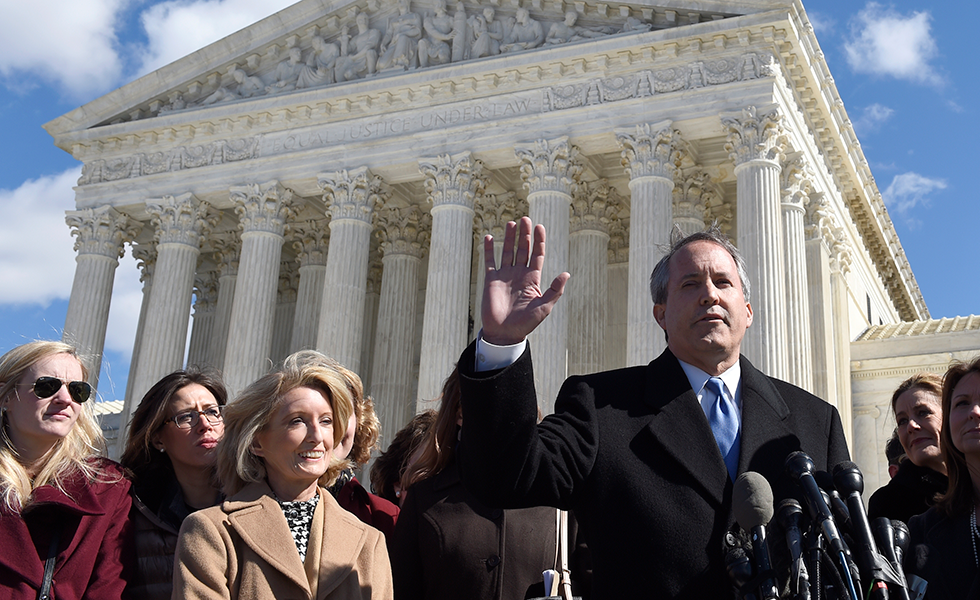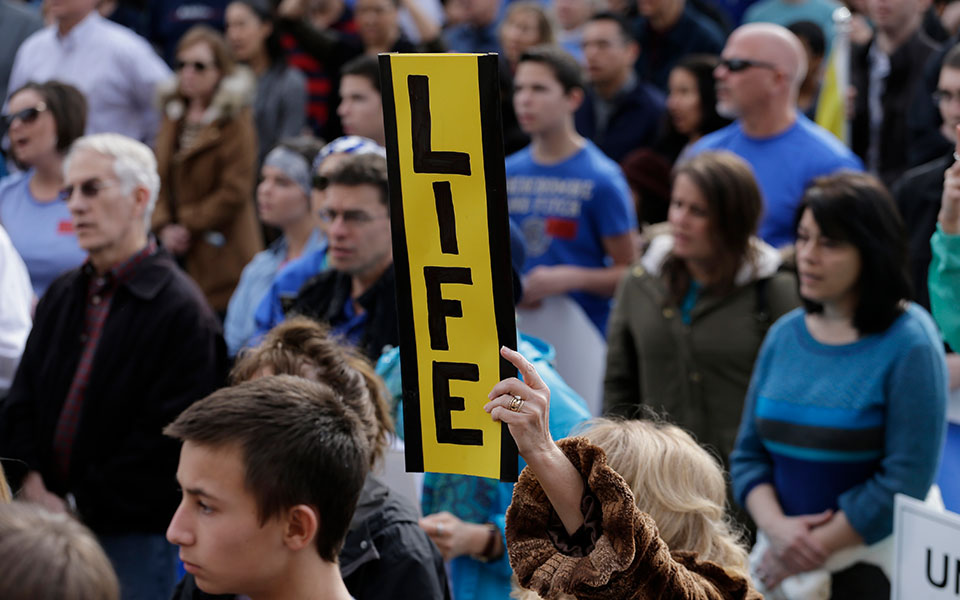
What Could Happen if Trump Cuts Family Planning Funds from Planned Parenthood? Look at Texas.
A proposed Trump rule would block federal Title X funds from providers that perform or refer for abortions.

Above: Recent data shows that without Planned Parenthood, the state’s network of providers has shifted toward smaller clinics and individual doctors that can’t see as many patients.
A new Trump administration rule proposes cutting off federal family planning dollars to any health care provider that performs abortions or even refers patients for the procedure. Federal funds are already banned from paying for abortions, but the rule could dramatically limit access to birth control and cancer screenings for 4 million patients across the country who rely on Title X — 41 percent of whom get care at Planned Parenthood.
What could the latest attempt by GOP leaders to strip funding from the organization look like if implemented? Advocates point to Texas as a case study and cautionary tale of what happens when Planned Parenthood, a leading women’s health provider, is pushed out of family planning programs that serve poor women. In the last seven years, the Texas Legislature has done just that, wiping away much of the state’s family planning network in an attempt to cut funding to the reproductive health care giant. Research has shown that other providers haven’t been able to fill the gap. The result has been dozens of clinic closures, tens of thousands fewer low-income women served and more unintended pregnancies.
The U.S. Health and Human Services proposal, which anti-abortion advocates are calling the “Pro-Life Rule,” targets a different federal program than Texas lawmakers used to block the funds, but the result will likely be similar, advocates say. The new proposal would gut funding for any providers in the $285 million federal Title X program without a physical and financial “wall of separation” from abortion providers. (Because Planned Parenthood provides abortion at some of its facilities, it would not meet the new requirement.) Doctors and health centers in the program would not be allowed to perform or refer patients for abortions, or share any resources with providers who do.
“It takes a day to close a clinic, it takes years to reopen one.”
Texas Attorney General Ken Paxton, who has waded into the Title X debate with constant false claims about the program, called the Trump administration proposal “equal parts victory for the rule of law and for the unborn,” on Monday.
In 2011, in an attempt to defund Planned Parenthood, the Texas Legislature slashed the state’s family planning budget by two-thirds, and reorganized the funding system to give least priority to dedicated family planning providers like Planned Parenthood. As a result, 82 family planning clinics closed, and the number of Texans receiving services through Title X dropped by 50 percent in the year after the budget cuts. A study last year identified a spike in teen births following the cuts.
Soon after, in 2013, Texas completely excluded Planned Parenthood from its separate low-income women’s health program, electing to forgo millions in federal funds. After Planned Parenthood, which previously saw more than 40 percent of the clients in the program, was kicked out, tens of thousands of women lost access to family planning services. Researchers in 2016 found a decline in contraceptive use and increase in Medicaid births in communities that had been previously served by Planned Parenthood clinics.

Texas officials have scrambled to find providers. Recent data shows that without Planned Parenthood, the state’s network of providers has shifted toward smaller clinics and individual doctors that can’t see as many patients, don’t have the same range of contraceptive options and generally can’t meet demand.
“It takes a day to close a clinic, it takes years to reopen one,” Kami Geoffray, who runs the non-profit coalition that oversees Title X funds in Texas told me last winter. Clinics, including Planned Parenthood, that currently receive Title X grants in Texas have helped fill in coverage gaps from some of the other state cuts, she said. But that could change under the new Trump rule, or if the state wins its bid this year to take back control over the federal funds. “I worry every day about the family planning safety net here in Texas. … If there’s another hit to this network, I don’t know how we’d bring it back.”
The proposed rule won’t be implemented immediately. First, there will be a 60-day public comment period that begins once it is published in the Federal Register. Expected litigation from reproductive rights groups is likely to hold up the rule being finalized. But if it does go into effect, as with so many other things in right-wing policy, Texas will have led the way.


